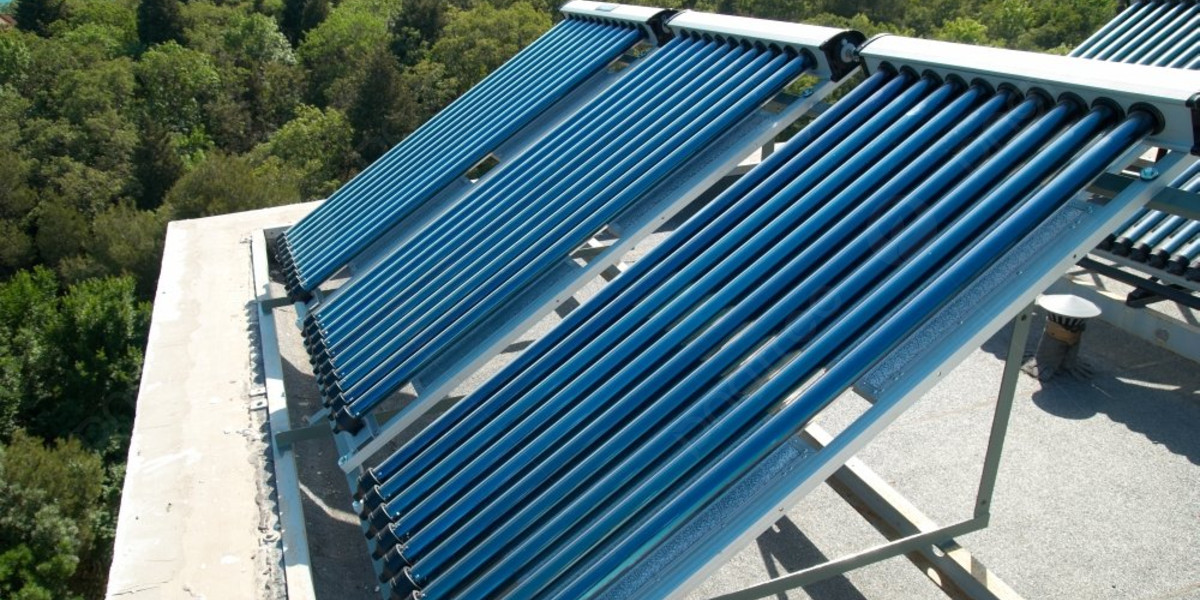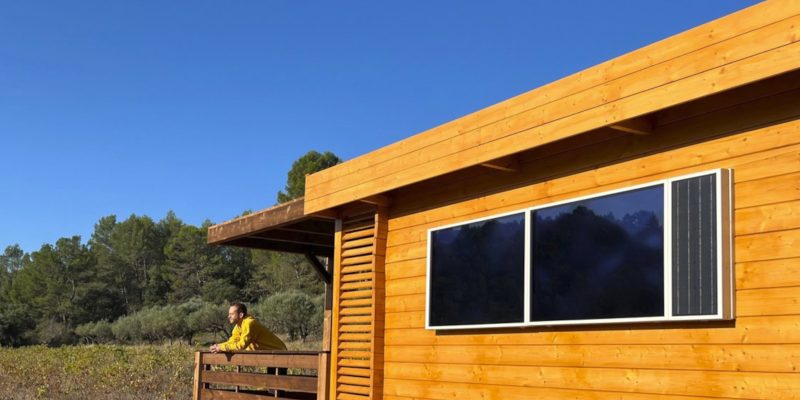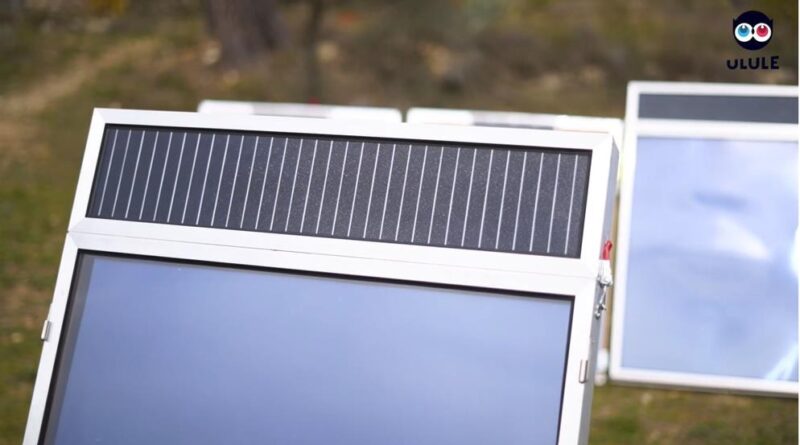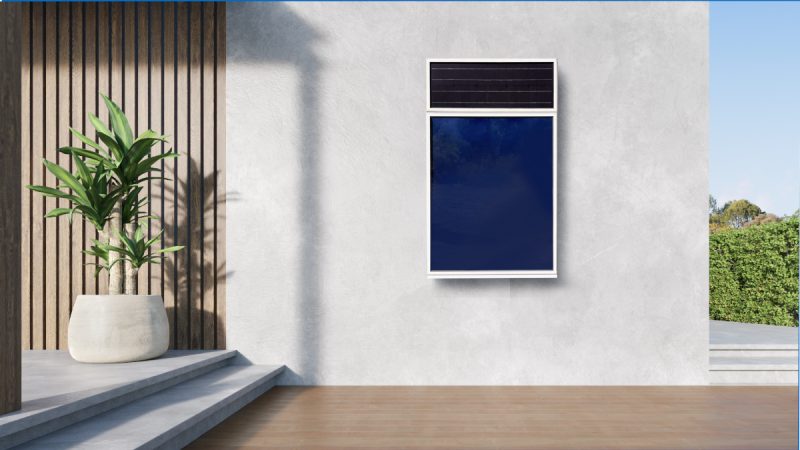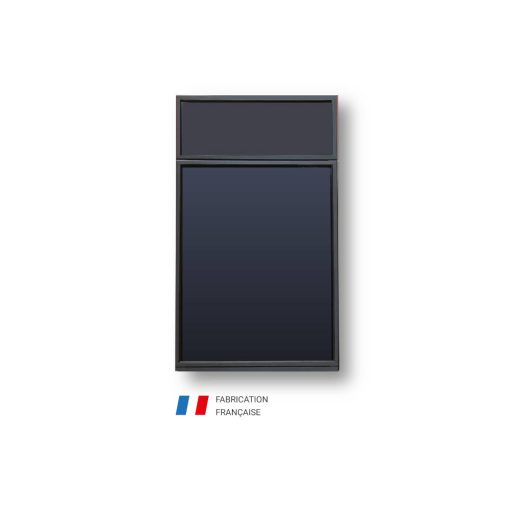News
Solar heating
Solar heating
Given the recent surge in energy costs and the great uncertainty surrounding price trends, alternative, environmentally-friendly solutions to reduce heating bills are enjoying renewed interest. Among the tried-and-tested solutions, we’re going to focus here on the two main solar heating systems for the home.
The advantages of solar heating
Solar heating is an effective, sustainable and economical solution for heating your home while reducing its environmental impact. By using solar thermal panels or warm air walls, you can take advantage of the sun’s free, renewable energy to heat your home and reduce your energy consumption.
Solar heating can be adapted to a variety of situations and needs, whether for heating domestic hot water or indoor air. It can also be combined with other energy sources (gas, electricity, wood, etc.) to provide a complete, efficient heating solution. Solar panels for heating can last up to 25 years or more with regular maintenance.
Solar thermal heating
Thermal solar panels are made up of collectors that absorb the sun’s heat and pipes that transport a heated fluid to a distribution system (underfloor heating) or storage system (storage tank).
An underfloor heating system is easy to install when building a new home, and allows direct use of the heat carried by the fluid. If you want to install solar heating in a house that’s already been built, without having to redo the floors, the heat transfer fluid is redirected to a storage tank to heat the water. The water is then redistributed through the hydraulic network to heat radiators, supply showers, washbasins, etc.
Solar heating depends on the weather, and cannot completely cover a household’s heating and hot water needs. For assured comfort, it complements your primary heating source: stove, electric radiators, heat pump, wood or gas boiler, etc.
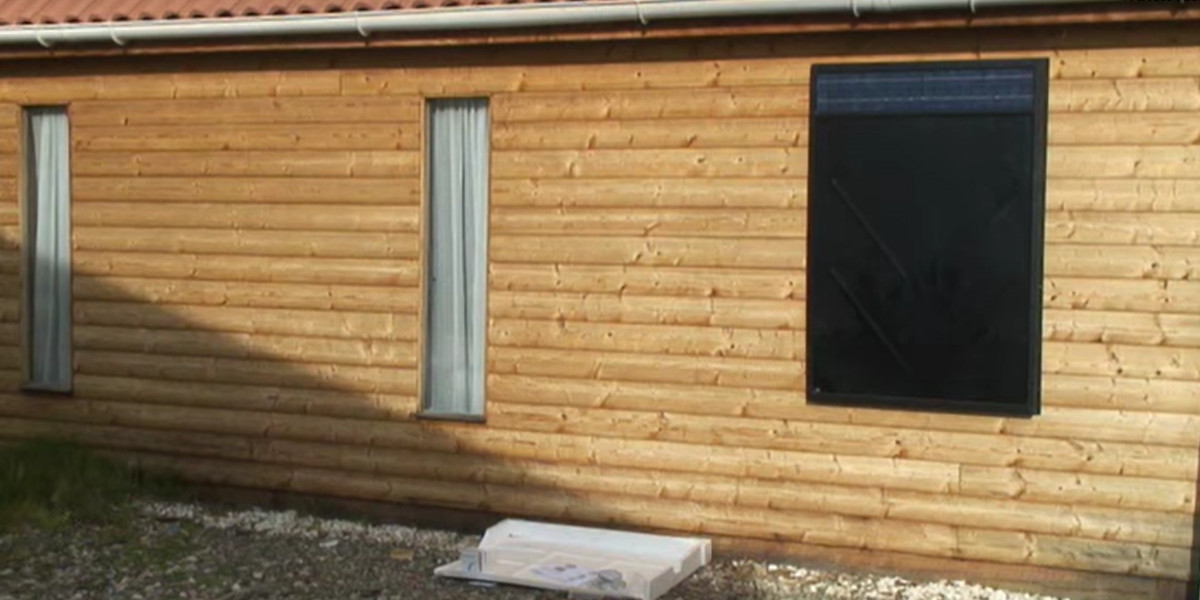
Warm-air walls
A warm-air wall (also known as an aerothermal solar panel or solar air collector) is a wall structure designed to capture heat from the sun and transfer it inside the home. Warm-air walls consist of a heat-absorbing material and an air channel that distributes the heat through a small opening in the wall or roof.
This system heats and purifies the air in a room. The air flow is interrupted at night, and a device prevents unnecessary overheating on hot days. A 1m² wall of warm air can save 5 to 7 degrees of temperature in a 20m² room, without any external energy input. The ventilation system is powered directly by an integrated photovoltaic solar panel. Warm-air walls are therefore completely autonomous.
Aerothermal solar panels offer an ideal solution for older buildings or second homes to prevent moisture build-up and maintain the right temperature without energy costs. What’s more, this solution is very affordable, generally costing between 1,000 and 2,000 EUR including installation. You can also build your own hot-air wall from recycled materials at a cost of around 500 euros.
Thermal comfort and energy savings
These two solar heating systems for the home help reduce energy bills and ensure greater independence in the long term. Solar thermal heating can cover up to 70% of a household’s heating needs. A warm-air wall can save you up to 25% on your energy bill. Solar heating is therefore an option to be considered in every home to ensure thermal comfort at lower cost for the future.
Credits photo :
PNGTREE
/
SPAH

